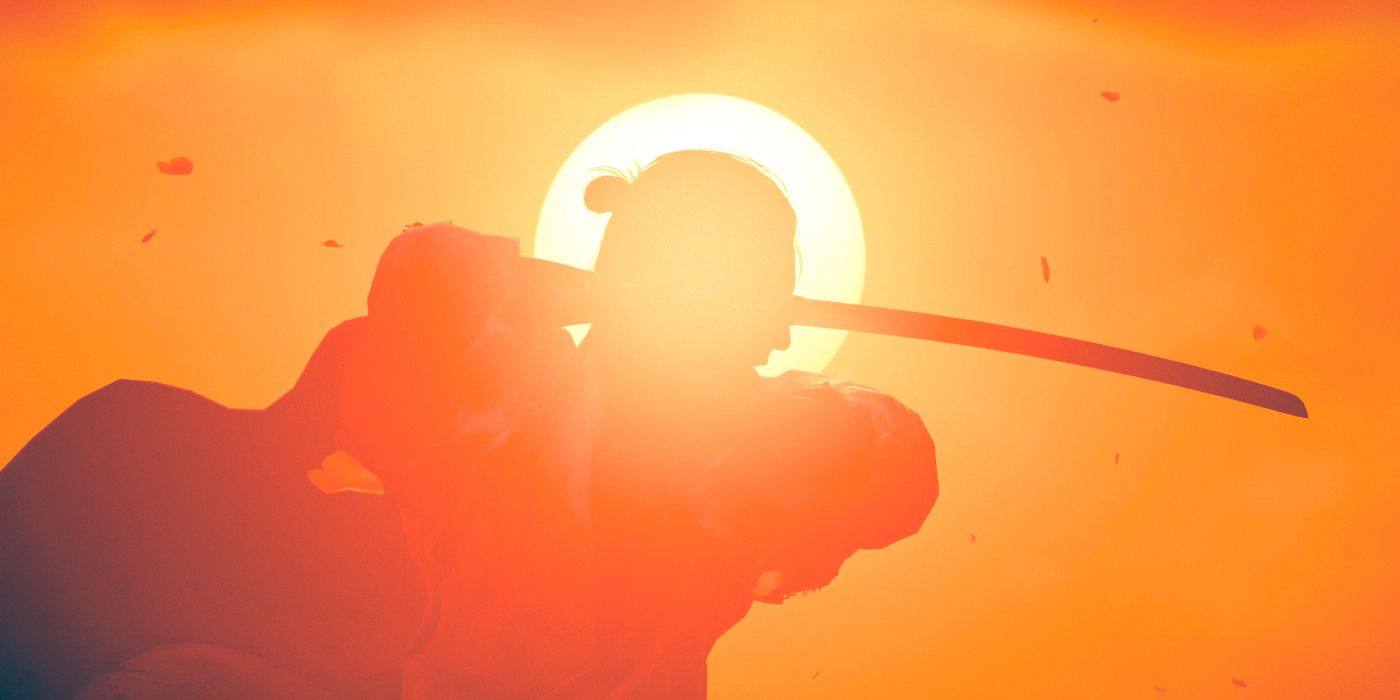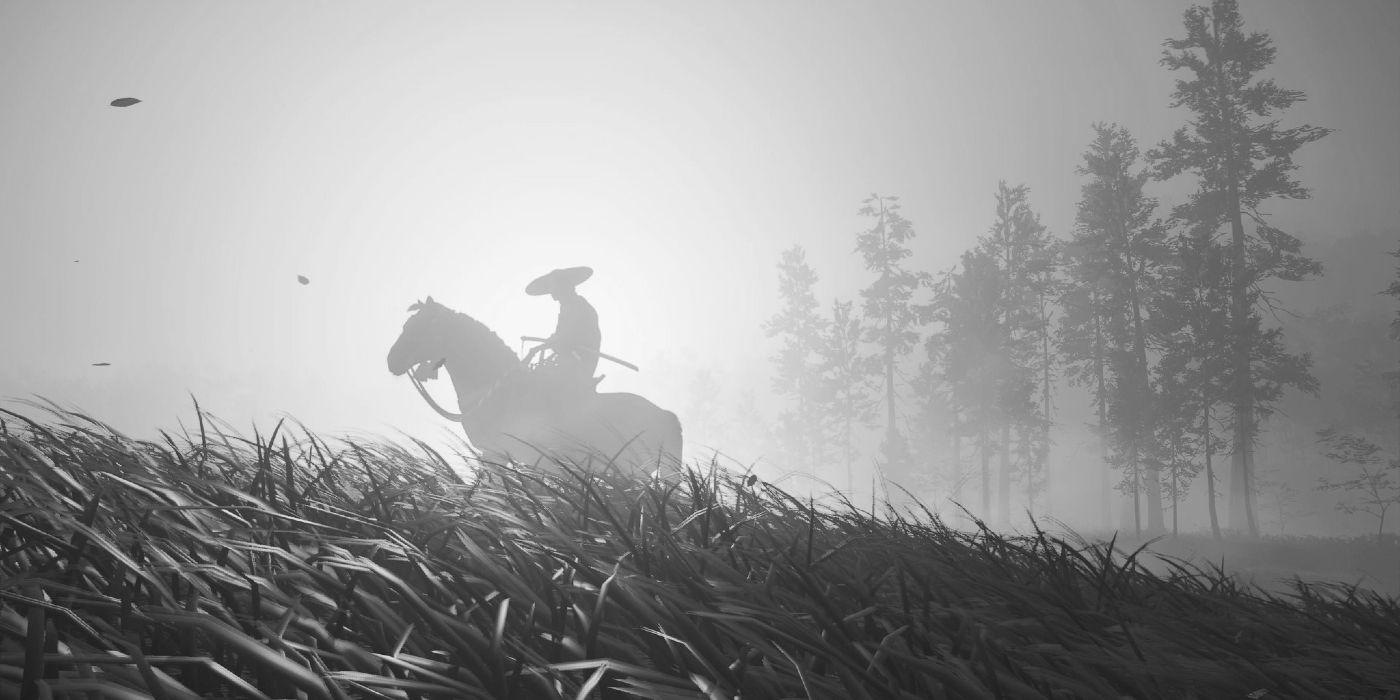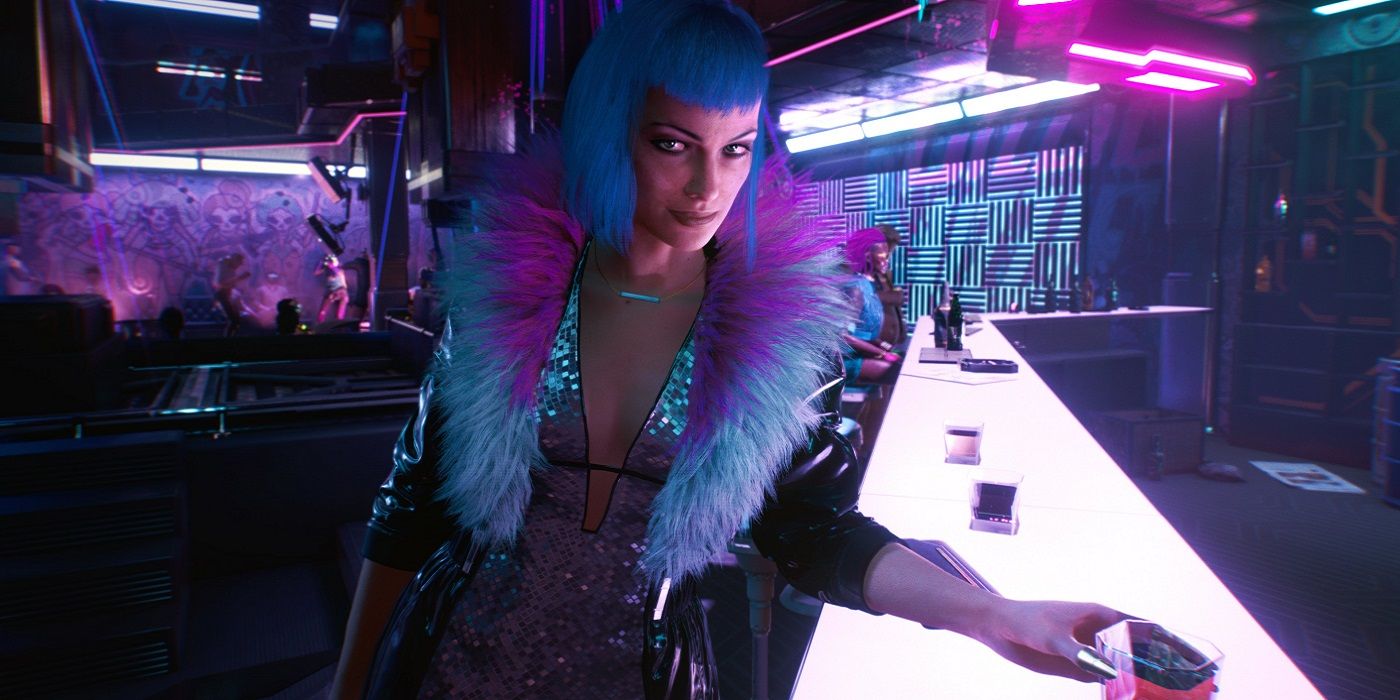Cyberpunk 2077 Should 'Steal' One of Ghost of Tsushima's Best Features

Ghost of Tsushima has surprised gamers in overall quality, climbing up to be a competitor for numerous Game of the Year awards alongside substantial AAA titles and making 2020 an unexpectedly successful year to end the current generation of gaming. It goes so far that even Japan itself is praising Sucker Punch for its intrinsically authentic quality true to 13th-century Japanese history. Players have been awestruck by its realistic take on feudal Japan paired with Jin Sakai's inward battle of following the honorable samurai path set before him versus utilizing the disgraceful tactics of the Ghost.
Ghost of Tsushima has proven its self as a PS4 exclusive, but while gamers have fallen for its epic sword fighting and adorable foxes, perhaps what forces them to turn away from the main questline more than any other element is Ghost of Tsushima's outstanding photo mode.

Photo mode certainly isn't a new concept to gaming. It began making a huge impact on the gaming experience as far back as the earlier Halo games, where Bungie began innovating ways for players to capture and save moments in a creative setting Though photo mode is never the main purview of a AAA title, it's made strides in the current-generation of consoles. With scenic action titles like Assassin's Creed Odyssey and Horizon: Zero Dawn, it allows the gamers to share amazing shots by manipulating not just coloration but elemental aspects such as time of day as well.
Ghost of Tsushima expands on nearly every feature that makes a monumental photo mode. Not only does it brandish useful editing tools like camera angle adjustments, aperture settings, and filters, the addition of adjustable graphics such as changing the weather settings or the intensity level adds a completely new magnitude of customization while they slice and dice Jin's enemies. Arguably, Sucker Punch has set a new standard for studios to look up to when creating photo modes.
And trailing behind in release dates, just making the cut to be considered for many locales' Game of the Year will be Cyberpunk 2077. It features an oppressive society, a megacity dominated by technology and separated by financial classes, and CD Projekt Red hasn't been shy to teasing characters and scenic overviews as players patiently await its release. Several angles of its setting, Night City, have been unveiled, including lavish high-end districts and impoverished neighborhoods. While there has been some debate of whether or not Cyberpunk 2077 will live up to its hype, it's undeniable that, at the very least, the game is sure to be an aesthetic spectacle of a futuristic world.

CD Projekt Red could be completely capable of providing an in-depth photo mode to capture every corner of Night City. But whether or not Cyberpunk would be able to live up to Ghost of Tsushima's standards may lie within the setting of each game. While Cyberpunk will likely outdo Ghost in the way of the open-world experience and there's no doubt open-world settings are a major factor in successful photo modes, the Japanese world around Ghost is half of what makes it so successful.
Scrolling through the many, many photos captured by players, what nearly all of them have in common is that they highlight Jin's surroundings, rather than the samurai himself. This isn't a new idea; photo modes that live within scenic games are objectively more successful. However, it's the beauty behind 13th-century Japan that has players so enraptured. The profound customization of Ghost's photo mode only plays complement to the enchanting beauty of Tsushima Island. There's no doubt that Cyberpunk's setting is interesting and certainly CD Projekt Red is talented enough to implement an effective photo mode, but whether or not its futuristic dystopia can live up to the simple beauty of traditional Japanese architecture and scenery is the real battle.
Ghost of Tsushima is out now exclusively for the PlayStation 4.

Post a Comment